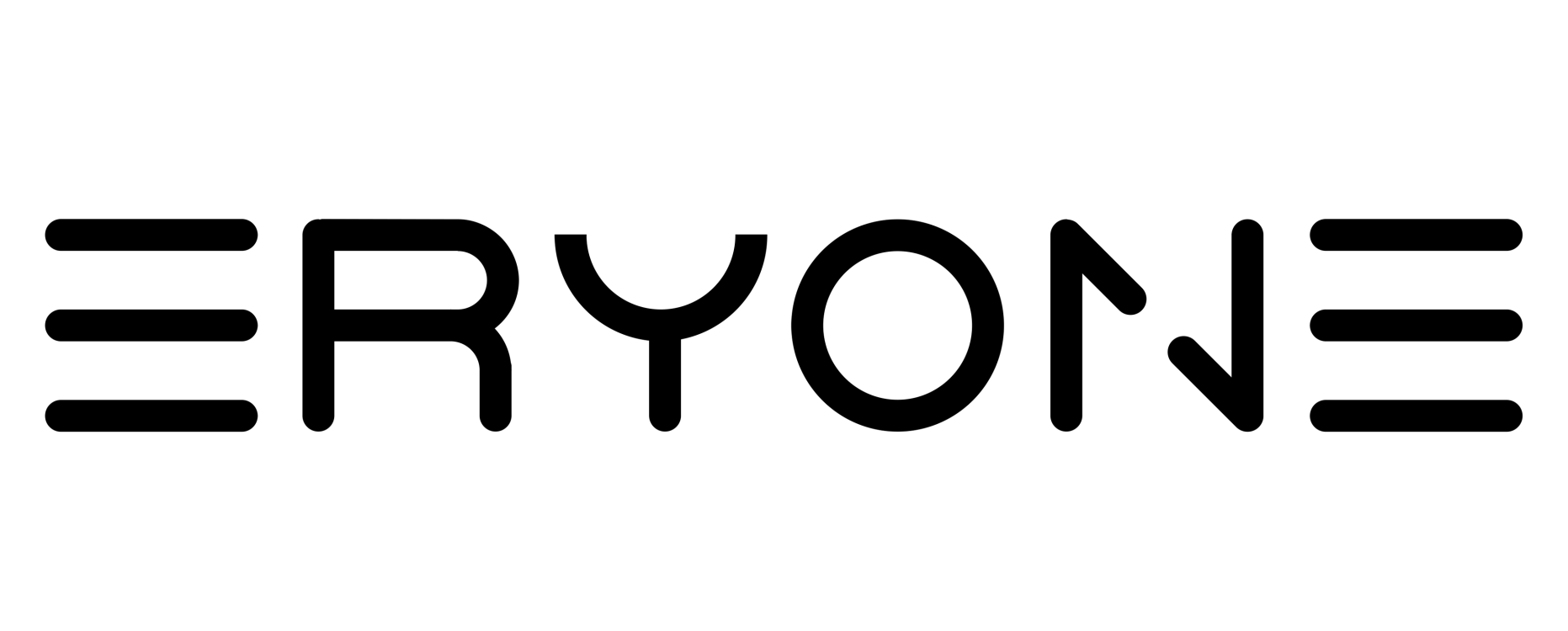Petg
FUERTE, LUSTROSO, FÁCIL DE USAR
Una combinación de PLA y ABS-fuerte y fácil de imprimir, y brillante.
Como la mayoría de los usuarios de impresoras 3D de escritorio saben, petg es una excelente opción para producir objetos fuertes, flexibles y duraderos,
por su combinación de la funcionalidad de ABS (más fuerte, resistente a la temperatura, más durable) y la fiabilidad de PLA (fácil de imprimir) en un solo material. (de all3dp)
¿Por qué es especial
Eryone PETG destaca por su fácil de usar, seguro para alimentos, baja contracción y acabado brillante.
Al igual que una de las cotizaciones de uno de los clientes" Eryone petg es más fácil de imprimir en comparación con otros filamentos que he utilizado .. hasta ahora sólo he utilizado Eryone petg azul y no tengo problemas"
Estas son las principales características verificadas:
Más fuerte y más resistente que el PLA.
Temperatura de impresión más alta: 230-245 oC, temperatura de deflexión térmica: 63-68 oC.
Una combinación de excelentes propiedades de ABS y PLA.
El petg se puede utilizar para imprimir piezas de ingeniería.
Diámetro consistente, extrusión lisa.
Adhesión de capas fuertes.
Compatible con la mayoría de las impresoras.
Biodegradable, respetuoso con el medio ambiente.
Cuánto obtienes
1lkg(2.2lbs)/roll.
Especificación
|
propiedades físicas |
Valor típico |
Método |
|
Gravedad específica[g/cm3] |
1.27 |
ISO 1183 |
|
Temperatura de desviación del calor (0,45MPa) |
72.9 |
ISO 75 |
|
Filamento de resistencia al rendimiento de tracción[MPa] |
51 |
ISO 527-1 |

PETG Filament Setting Specification
ERYONE 1.75mm transparent PETG Filament bundle 1kg helps you print without stringing and warping issues under optimal settings. Extrusion/Nozzle Temperature: 215°C-230°C (419°F - 446°F), Heating Plate /Bed/Platform Temperature: 80-100°C(140°F - 176°F), Speed: 40-80mm/s.

PETG Filament Clog-free & Bubble-Free
Designed and Manufactured with Clog-Free patent to guarantee a smooth and stable printing experience. Complete drying for 24 hours before vacuum aluminum foil packaging, which can effectively protect the PETG filament from moisture. As the PETG material is sensitive to moisture, please remember to put it back into the re-sealable aluminum foil bag timely after using to maintain excellent printing result.

PETG carbon fiber filament:High Quality
Eryone's PETG carbon fiber filament, with 15% carbon fiber content, offers remarkable strength and toughness, designed to outperform regular PETG filament in terms of durability.

PETG carbon fiber filament:Wide - ranging Applications
This lightweight, dimensionally stable filament is easy to print, making it ideal for creating precisely dimensioned parts in various fields like automotive, aerospace, consumer electronics, and medical devices. It also features good chemical resistance to dilute acids, bases, and oils, along with a fine matte finish.
FAQs
Why my PETG filament tangles? How can I solve it?
The tangle of filament isn’t caused by the disordered or the imperfect winding. According to the production technology of filament, the filament winds back and forth (from left to right and then from right to left).
Normally, there is no overline tangle. A common cause of tangle is that the filament end is not fixed to the holes of spool. Overline tangle or the changed winding direction make filament tangle. So customers need to fix the filament end to the proper holes of the spool.
Is PETG degradable?
The natural degradation process of PETG raw materials is very long, and PETG is a non-degradable material. PETG is a thermoplastic material, which can be used for secondary plastic recycling. PETG is also an environmentally friendly material.
The nozzle is clogged by PETG, and how can I solve it?
Inconstant filament diameter, the lower nozzle temperature and frequent replacement with different kinds of filaments will lead to this problem. So, before you get started, clean the nozzle and turn up the temperature to a proper value.
My prints have web-like strings (stringing) issues. How can I troubleshoot it?
Too high temperature makes the PETG filament melt and flow so fast. Please turn the temperature down to a proper value.
The retracting parameters are improper, so adjust the retracting length and speed.
There are too much melted PETG filament around the nozzle. What should I do?
This problem can be attributed to over-high temperature, low printing speed, and in the slice software, the nozzle diameter doesn’t match with the extrusion output.
The PETG filament was perfect when I opened the package. After several times of intermittent printing, my PETG filament snaps by accident during printing. Why?
Normally, the PETG filament in the printing process will not snap by themselves. However, after being affected by moisture, the degradable material PETG will be more brittle and easier to break, so you should pay attention to dampproof.
The surface of my PETG print isn’t very smooth, and the extruded filament has inconstant diameters. Why?
The printing temperature is too high or too low. The temperature doesn’t match well with the printing speed. You need to adjust the printing speed or temperature.
Why my PETG-printed objects don't stick to the heated bed? How do I solve?
The distance between the nozzle and the bed is too far. Make sure your heated bed is levelled and it’s clean. Then judge if the printing temperature and heated bed temperature are too low, and our customers should adjust them to correct ranges.
























































































































































